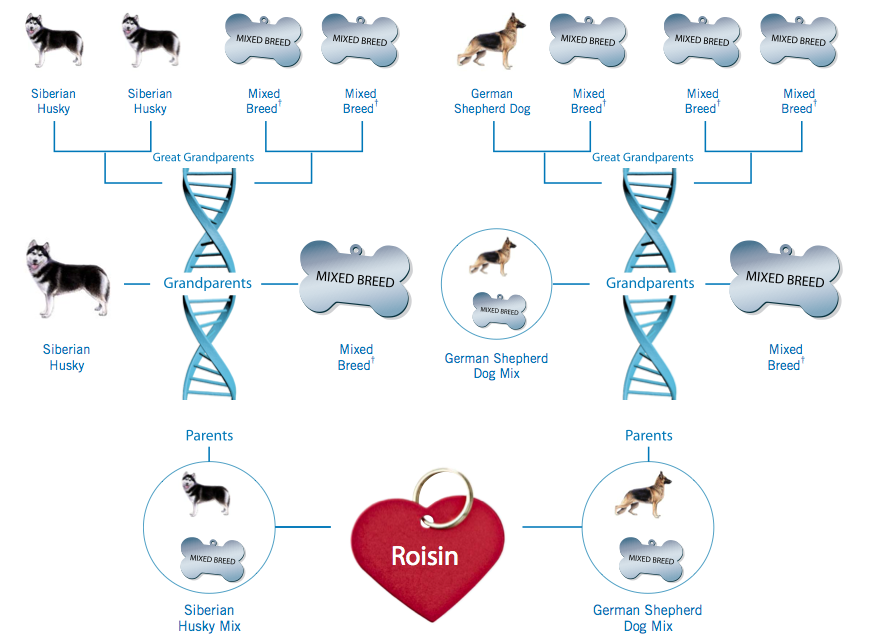When it comes to your dog’s complete health, the quality of their dental care is key to so many aspects of their wellness. Without good care, your dog can develop periodontal disease and lose teeth. They can develop systemic diseases that tie back to lack of dental hygiene. This is why it is so important to know how to prevent and remove plaque from your dog’s teeth.
When plaque builds up, it develops into tartar that creates an environment for bacteria to grow. This bacteria leads to serious, painful problems down the road.
The good news is that you can avoid these dental problems for your pet. Union Lake Veterinary Hospital has a few great ways you can employ in keeping your pet’s teeth clean.
Prevent Plaque: Brush Your Dog’s Teeth
If you want those pearly whites to shine, the best way to do this and prevent tooth decay is through tooth brushing. Just like us, your pet’s teeth should be brushed often. Try for once a day, or at least 2-4 times each week.
- Select a pet-safe toothpaste (never your own) and a toothbrush designed for your pet’s size.
- Find a well-lit area where you can clearly see your pet’s teeth and gums.
- Start slow by getting your pet used to the feeling. We recommend using a finger toothbrush or your finger, and touch the teeth and gums until your pet is acclimated to the feeling.
- Use your toothbrush and paste and brush your pet’s teeth in an up and down, then side to side motion.
- Give them water and thoroughly clean the brush.
- Reward your pet.
There is nothing quite as impactful when it comes to preventing plaque build-up than daily toothbrushing. For further instruction, please ask us!
Prevent Plaque: Dog Tooth Wipes
There are also dental wipes that you can use to wipe debris off of your pet’s teeth that work best when paired with basic brushing. Unfortunately, these wipes can’t get in between teeth well or into small spaces. If you’re not brushing your dog’s teeth, using tooth wipes is better than ignoring potential plaque.
Reduce Plaque: Dog Dental Treats and Chews
Many dental chews and treats can provide a boost to your dog’s dental care through their love of chewing (and treats). These can help reduce plaque buildup by decreasing the build-up of saliva, food, and bacteria on the surface of the teeth and gums. Treats and chews freshen your dog’s breath and help keep your pet’s mouth clean, especially if you aren’t brushing.
Some dental chew manufacturers claim that their products reduce plaque by 50-70%, although there isn’t enough evidence yet to support this percentage. The best rule of thumb in finding a quality dental chew brand for your dog is to look for The Veterinary Oral Health Council (VOHC) seal of approval on the package. Or you can ask your veterinarian for recommendations.
Remove Plaque: Professional Dental Cleaning
Most dogs after 3 years of age have the beginnings of dental disease, or they already have plaque and tartar that cannot be removed by brushing or chewing. That is why we veterinarians recommend professional dental cleanings. A cleaning stops the damage to the teeth and vital systems that occurs with untreated periodontal disease.
Dental cleaning is by far the best way to ensure the removal of plaque and tartar. This simple procedure is done under anesthesia, in a veterinary hospital, and doesn’t require overnight stays. Dental radiographs (x-rays) done as part of the cleaning can show us damage or issues that live below the gumline.
Professional dental cleaning isn’t cheap but the results are worth it. We are happy to discuss the benefits to your dog’s health and what you can expect from this procedure.
Keeping Your Dog’s Teeth Clean
Dogs with dental disease often have a decreased lifespan, pain associated with infection and tooth decay, and often lose their teeth over time. This ongoing disease impacts the major organs of the body, including the heart and kidneys. This is why dental care is critical in your pet’s overall good health.
If you would like more information on keeping your pet’s teeth clean, how to prevent or remove plaque from your dog’s teeth, or to schedule an appointment, please contact us. Together, let’s keep that sweet fur friend smiling!



In determining your dog’s pedigree, genetic testing is only one of the tools you have available in your toolbox. Ideally, you would know what their mother and father looked like. What did their siblings look like? Are there behaviors and health conditions occurring in their family, or down the line? A little research or knowledge on your part can help you get a more complete picture of your pup’s pedigree.
Our suggestion is to not rest on a single test. If possible, try more than one and compare the results. How many discrepancies are there?
Advances in Veterinary Medical Genetics
Humans are fascinated by the origins of our families. Exploration in human genealogy and genetics continues to gain popularity. There are already a wide array of human ancestry tests available online and in most big box stores. You may have even looked at your own ancestry.
Human medicine has used these tests to help analyze the risk of different diseases and conditions. Over the past 25 years, veterinary medicine has also embraced medical genetics as a tool in discovering potential health issues in dogs. The more we know about a dog’s likelihood of developing health conditions that are common to specific breeds, the more effective we can be in managing them to keep your furry friend healthy and happy.
Genetic testing can now predict a pet’s predisposition to numerous genetic diseases, like cancer. New treatments are also being discovered, such as osteosarcoma (bone cancer) treatments. And testing is launching new studies such as the melanoma ‘vaccine’ studies in dogs. It’s exciting to know that there are over 250 known genetic tests for cats and dogs, and many more are emerging.
The benefits of these medical tests can positively impact breeding practices and give pet owners insight into possible diseases their four-legged friends are likely to develop. It also allows us as veterinary professionals to increase the quality of care for our beloved pet patients. The future is indeed bright for the advancing of pet genetic testing. Just don’t panic if you find risks in your dog’s test results. Regular examinations and diagnostic testing as well as discussing the results with your veterinarian give us the big picture view when analyzing DNA test results.
Benefits of Dog DNA Tests
Regardless of the limitations in dog genetic testing, there are great advantages to knowing what your dog is made up of.
- Understanding and preventing potential health problems that are common to certain breeds
- Knowing how big a puppy might become
- Anticipating average lifespan
- Learning about personality traits common to some breeds
- Proving pedigree
Of course, one of the biggest benefits of dog DNA testing is that it’s fun. It’s wonderful to know more about your best friend. Genetic testing can be a great asset in discovering who they are and why they behave in certain ways.
The team at Union Lake Veterinary Hospital is excited about developments and breakthroughs in pet DNA testing. We hope this guide to pet genetic tests gives you a better understanding and knowledge of these amazing advances in truly understanding our furry friends.
If you would like more about dog DNA tests, or would like to schedule an appointment, please call us or book online.

